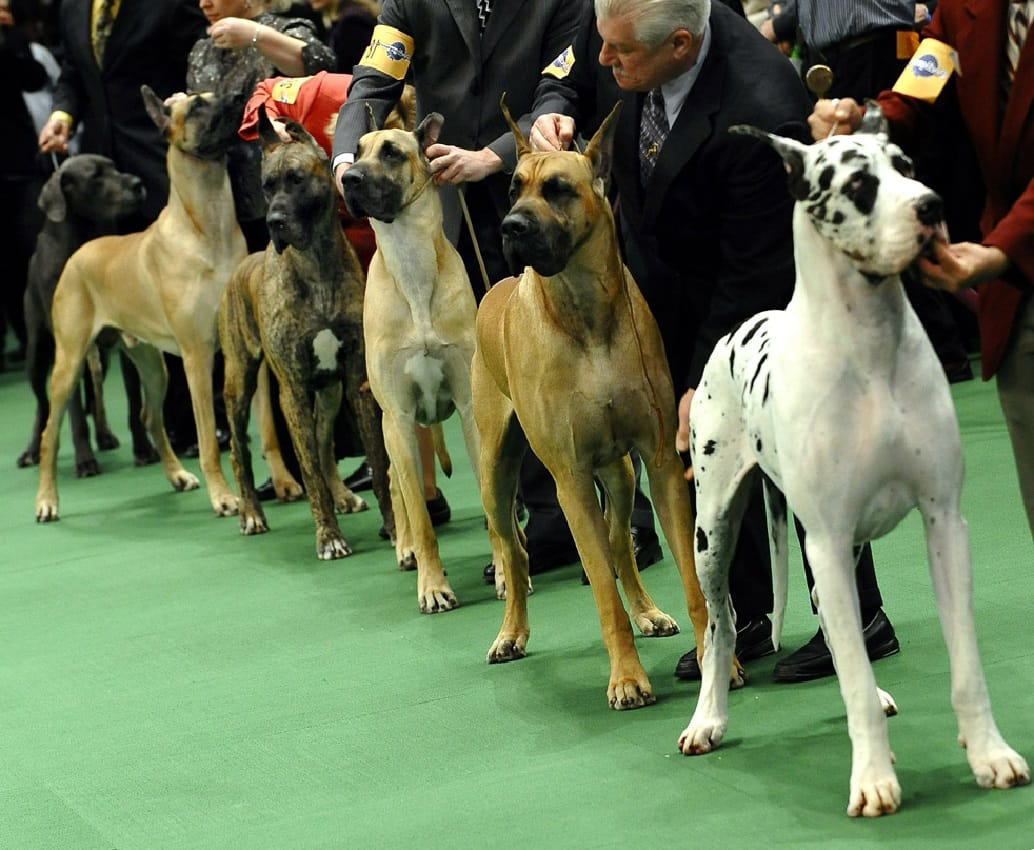
Essay on Dog Shows
Not occasionally dogs have always been viewed as a man’s best friends, as Jerome K. Jerome keenly noticed, “they never talk about themselves but listen to you while you talk about yourself, and keep up an appearance of being interested in the conversation”. Don’t we all agree to what the writer said without a shadow of a doubt? One of the reasons for that may be the popularity of dog shows that have already become an international sport open to purebred dogs. Dog shows’ history dates back to the nineteenth century when the first national championship, Crufts, was first held in England. Today it is officially recognized as the world’s largest dog show and is held annually in Birmingham. The largest American dog show, by the way, is the Westminster Kennel Club Dog Show held in New York. The latest World Dog Show was held in Denmark in 2010.
It is remarkable how the thrill of the competition is combined with the joy of observing the dogs. Each dog is presented to a judge by its owner or a hired professional. Dogs are led on a collar and leash at the walk and trot and wait in the ring for their turn. Judges, experts on the breeds, examine a dog and compare to a personal mental image of the “perfect” dog against breed standard not against other dogs (Sherwood). They carefully consider the components of a dog’s profile such as teeth, muscles, bones, coat texture, overall balance, gait and what not. Dog shows are always a process of elimination, as only one dog becomes Best in Show at the very end. Males and females compete separately with their respective breeds. According to the AKC there are three main types of conformation dog shows: all-breed shows, specialty shows and group shows, however, the classifications and selection stages may differ in various countries. They vary in Australia and the UK, but are quite similar in the US and Canada.
Preparation for each show definitely requires a lot of time and effort both of the breeder and the dog itself. Therefore the masters often attend training classes and watch as many shows as possible to gain some experience. Breeders may even resort to cheating such as ear cropping and tail docking to win the dog shows. So, many countries now ban these procedures (Sherwood). Still, as Corey Ford once joked: “Properly trained, a man can become dog’s best friend” (Ford).

